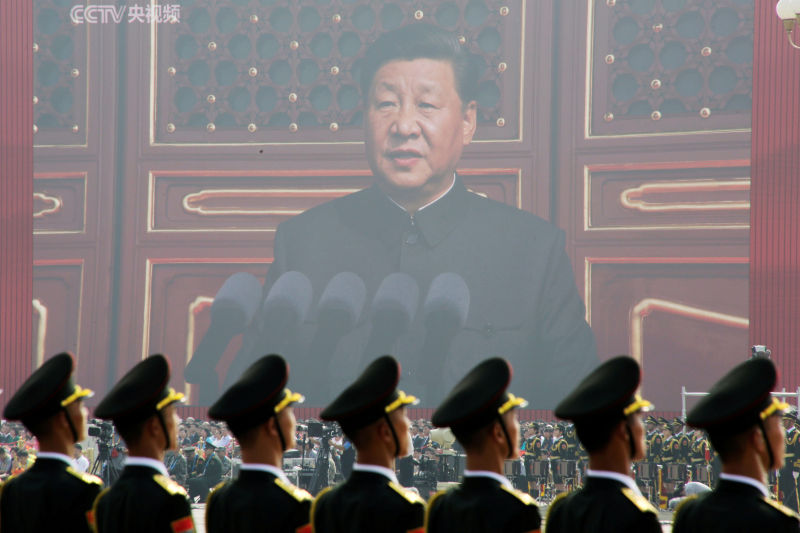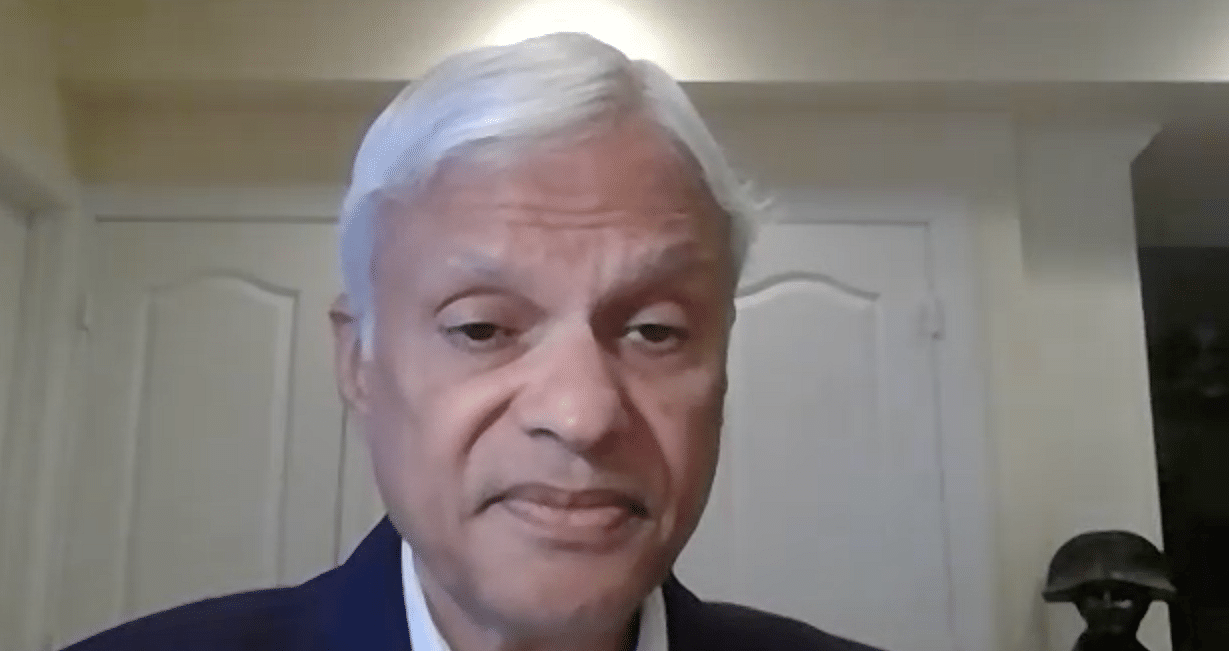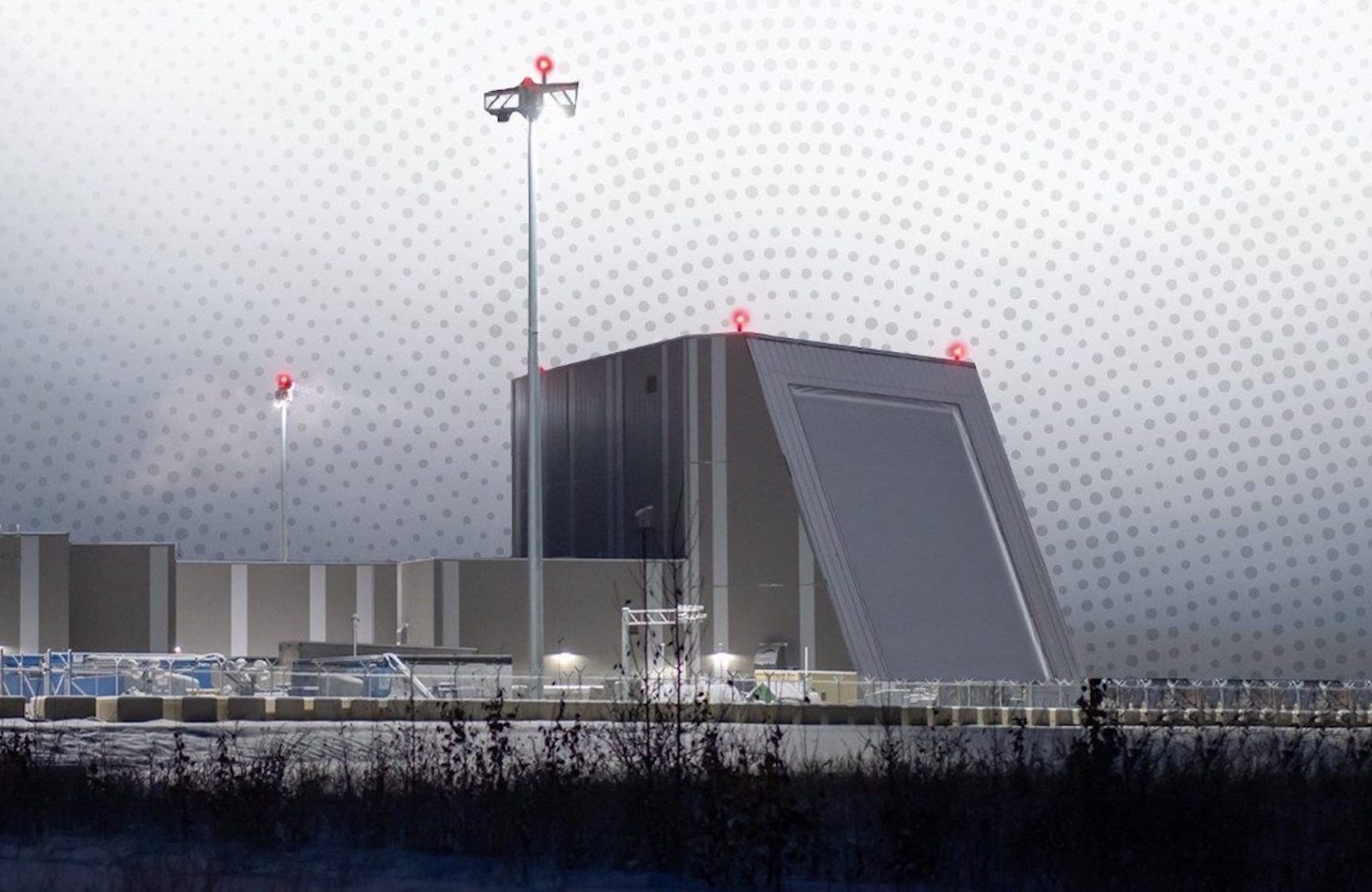(261) 06-25-2022-to-07-01-2022__****THE****WINDS****of****WAR****
(262) 07-23-2022-to-07-29-2022__****THE****WINDS****of****WAR****
(263) 07-30-2022-to-08-05-2022__****THE****WINDS****of****WAR****
 www.timebomb2000.com
www.timebomb2000.com
 www.timebomb2000.com
www.timebomb2000.com
 www.timebomb2000.com
www.timebomb2000.com
 www.timebomb2000.com
www.timebomb2000.com
 www.timebomb2000.com
www.timebomb2000.com
 www.timebomb2000.com
www.timebomb2000.com
 www.timebomb2000.com
www.timebomb2000.com
 www.timebomb2000.com
www.timebomb2000.com
Posted for fair use.....
 theprint.in
theprint.in
Another drone fires missiles in Afghanistan days after Al-Qaeda chief’s killing in US mission
ANI
7 August, 2022 12:13 am IST
Ghazni [Afghanistan], August 7 (ANI): Days after a US drone strike killed Al-Qaeda chief Ayman al-Zawahiri in Kabul, another drone fired missiles in the Andaro area of Ghazni Province in Afghanistan and it seems that this one is also a HVT (High Value Target).
A High-Value Target (HVT) is a target (a person or resource) that an enemy requires for completion of a mission. The term has been widely used in the media for Osama Bin Laden and high-ranking officers of Al-Qaeda and are considered essential to the completion of enemy operations.
Taliban seems to have no information regarding the same.
In a tweet, Sumaira Khan, a defence analyst of a media outlet wrote, “Reportedly another drone fired missiles aiming at high profile foreign-hailing target at Andaro area of Ghazni Saturday evening. The Taliban said there is no info on the nature of target.”
Another journalist Mushtaq Yusufzai confirmed the incident citing Taliban sources.
“Taliban sources in Afghanistan said a drone fired missiles and hit a target in Andaro area of Afghanistan’s Ghazni province on Saturday evening. Taliban said there is no information about the target but believed to be foreigners,” he wrote.
US President Joe Biden in a televised address on Monday announced that Al-Qaeda chief Ayman al-Zawahiri was killed in an air strike by the United States stating that “Justice has been delivered.”
al-Zawahiri was one of the world’s most wanted terrorists and a mastermind of the September 11, 2001 attacks was killed in a drone strike carried out by the US in the Afghan capital Kabul on Saturday.
“On Saturday, at my direction, the United States successfully conducted an airstrike in Kabul, Afghanistan that killed the emir of al-Qa’ida: Ayman al-Zawahiri. Justice has been delivered and this terrorist leader is no more,” Biden said in a video address from the Blue Room Balcony at the White House.
“He will never again, never again, allow Afghanistan to become a terrorist safe haven because he is gone and we’re going to make sure that nothing else happens,” he added.
Zawahiri, an Egyptian surgeon was deeply involved in the planning of 9/11 and he also acted as Osama Bin Laden’s personal physician.
In a background call to reporters, a senior Biden administration official said Zawahiri had been killed on the balcony of a house in Kabul in a drone strike, and that there had been no US boots on the ground in Afghanistan.
The strike was conducted by the Central Intelligence Agency (CIA) and was carried out by an Air Force drone. The official claimed that al-Zawahiri was the only person killed in the strike and that none of his family members was injured.
Senior members of the Taliban and Haqqani Network were aware of al-Zawahiri’s presence in Kabul before the drone strike, said the senior administration official.
In fact, Haqqani Network members attempted to conceal that al-Zawahiri had been staying at the safehouse in the hours after he was killed.
When asked about Al-Zawahri’s killing and could he have been in the safe house without the direct knowledge of Pakistan’s ISI, the official said: “What we know is that senior Haqqani Taliban were aware of his presence in Kabul and I can’t comment further on other countries involvement.”
Husain Haqqani, a former Pakistani ambassador to the United States who is now with the Hudson Institute, said that this operation shows that the US can still find identified terrorist leaders in Afghanistan.
“The question now would be, whether Taliban enabled Zawahiri’s elimination or the US did it without assistance. His presence in the Afghanistan-Pakistan area confirms that the region is still home to international terrorist groups,” Haqqani told ANI.
“We will have to wait to find out whom the Americans believe to have helped keep Zawahiri in business from within the region,” the former ambassador further added.
Zawahiri’s killing comes a year after the US’ military withdrawal from Afghanistan and the Taliban’s takeover of the country. The official noted that Zawahiri’s presence in the Afghan capital Kabul was a “clear violation” of a deal the Taliban had signed with the US in Doha in 2020 that paved the way for the US withdrawal from Afghanistan. (ANI)
This report is auto-generated from ANI news service. ThePrint holds no responsibility for its content.
(262) 07-23-2022-to-07-29-2022__****THE****WINDS****of****WAR****
(263) 07-30-2022-to-08-05-2022__****THE****WINDS****of****WAR****
-----------------------------------
WAR - China Signals a Military Response to a Taiwan Visit by Pelosi
That sounds great and all - talking can prevent . But think about it, what has talking with the liberals achieved for you? There is a difference between liberals and professional military leaders.
WAR - CHINA THREATENS TO INVADE TAIWAN
The United States Factor in Taiwan’s Security (snip) Reliance on the United States has been the constant element of Taiwan’s security strategy. The Taiwan Relations Act provided Taipei confidence in the United States even after the termination of the U.S.-ROC mutual defense treaty. On the...
ALERT - The Winds of War Blow in Korea and The Far East
China Tried To Build Spy Network Inside The Fed, Threatened To Kidnap Fed Economist BY TYLER DURDEN ZERO HEDGE TUESDAY, JUL 26, 2022 - 10:45 AM China tried to place "a network of informants inside the Federal Reserve system" over the course of a decade, according to a stunning new article out...
ALERT - Operation Breaking Dawn: Israel Moves on Islamic Jihad and Gaza
New Middle East policy: Bad news from America ( 40 minute audio ) Biden has made the United States dependent on Arab oil and this affects Israel Jay Shapiro claims that the more the United States is dependent on Arab oil, the more negative its policies will be towards Israel. In his opinion...
WAR - Main Persian Gulf Trouble thread
Israel Radar @IsraelRadar_com 5h Iran likely gave Hezbollah green light to take military action against Israel, defense journalist @noamamir74 says. Very tense weeks ahead on Lebanon front...
USA - USS Kearsarge makes port visit in Finland
Link: USS Kearsarge (LHD-3) visiting Helsinki The ship will berth in the Hernesaari harbor. Exercise activity will continue in the Northern Baltic Sea and off the coast of Western Uusimaa. The USS Kearsarge and its crew will continue exercising in the Northern Baltic Sea and the region of Hanko...
ALERT - RUSSIA INVADES UKRAINE - Consolidated Thread
Has anyone ever thought..... We're from the government and we're here to .....help, protect, oversee, take care of........ .....as a good thing?
GOV/MIL - Biden on TV tonight @ 7:30 Eastern re US drone strike in Afghanistan
the Chinese PEOPLE are not the intended propaganda target of the Hellfire, the Chinese LEADERS are and there are a damn sight fewer of THEM than the peons.
-----------------------------------
Hummm.....
Posted for fair use.....
Another drone fires missiles in Afghanistan days after Al-Qaeda chief's killing in US mission
Ghazni [Afghanistan], August 7 (ANI): Days after a US drone strike killed Al-Qaeda chief Ayman al-Zawahiri in Kabul, another drone fired missiles in the Andaro area of Ghazni Province in Afghanistan and it seems that this one is also a HVT (High Value Target). A High-Value Target (HVT) is a...
 theprint.in
theprint.in
Another drone fires missiles in Afghanistan days after Al-Qaeda chief’s killing in US mission
ANI
7 August, 2022 12:13 am IST
Ghazni [Afghanistan], August 7 (ANI): Days after a US drone strike killed Al-Qaeda chief Ayman al-Zawahiri in Kabul, another drone fired missiles in the Andaro area of Ghazni Province in Afghanistan and it seems that this one is also a HVT (High Value Target).
A High-Value Target (HVT) is a target (a person or resource) that an enemy requires for completion of a mission. The term has been widely used in the media for Osama Bin Laden and high-ranking officers of Al-Qaeda and are considered essential to the completion of enemy operations.
Taliban seems to have no information regarding the same.
In a tweet, Sumaira Khan, a defence analyst of a media outlet wrote, “Reportedly another drone fired missiles aiming at high profile foreign-hailing target at Andaro area of Ghazni Saturday evening. The Taliban said there is no info on the nature of target.”
Another journalist Mushtaq Yusufzai confirmed the incident citing Taliban sources.
“Taliban sources in Afghanistan said a drone fired missiles and hit a target in Andaro area of Afghanistan’s Ghazni province on Saturday evening. Taliban said there is no information about the target but believed to be foreigners,” he wrote.
US President Joe Biden in a televised address on Monday announced that Al-Qaeda chief Ayman al-Zawahiri was killed in an air strike by the United States stating that “Justice has been delivered.”
al-Zawahiri was one of the world’s most wanted terrorists and a mastermind of the September 11, 2001 attacks was killed in a drone strike carried out by the US in the Afghan capital Kabul on Saturday.
“On Saturday, at my direction, the United States successfully conducted an airstrike in Kabul, Afghanistan that killed the emir of al-Qa’ida: Ayman al-Zawahiri. Justice has been delivered and this terrorist leader is no more,” Biden said in a video address from the Blue Room Balcony at the White House.
“He will never again, never again, allow Afghanistan to become a terrorist safe haven because he is gone and we’re going to make sure that nothing else happens,” he added.
Zawahiri, an Egyptian surgeon was deeply involved in the planning of 9/11 and he also acted as Osama Bin Laden’s personal physician.
In a background call to reporters, a senior Biden administration official said Zawahiri had been killed on the balcony of a house in Kabul in a drone strike, and that there had been no US boots on the ground in Afghanistan.
The strike was conducted by the Central Intelligence Agency (CIA) and was carried out by an Air Force drone. The official claimed that al-Zawahiri was the only person killed in the strike and that none of his family members was injured.
Senior members of the Taliban and Haqqani Network were aware of al-Zawahiri’s presence in Kabul before the drone strike, said the senior administration official.
In fact, Haqqani Network members attempted to conceal that al-Zawahiri had been staying at the safehouse in the hours after he was killed.
When asked about Al-Zawahri’s killing and could he have been in the safe house without the direct knowledge of Pakistan’s ISI, the official said: “What we know is that senior Haqqani Taliban were aware of his presence in Kabul and I can’t comment further on other countries involvement.”
Husain Haqqani, a former Pakistani ambassador to the United States who is now with the Hudson Institute, said that this operation shows that the US can still find identified terrorist leaders in Afghanistan.
“The question now would be, whether Taliban enabled Zawahiri’s elimination or the US did it without assistance. His presence in the Afghanistan-Pakistan area confirms that the region is still home to international terrorist groups,” Haqqani told ANI.
“We will have to wait to find out whom the Americans believe to have helped keep Zawahiri in business from within the region,” the former ambassador further added.
Zawahiri’s killing comes a year after the US’ military withdrawal from Afghanistan and the Taliban’s takeover of the country. The official noted that Zawahiri’s presence in the Afghan capital Kabul was a “clear violation” of a deal the Taliban had signed with the US in Doha in 2020 that paved the way for the US withdrawal from Afghanistan. (ANI)
This report is auto-generated from ANI news service. ThePrint holds no responsibility for its content.












